The ongoing H5N1 influenza outbreak among birds with occasional transmission to human beings is of major concern owing to intriguing parallels between the H5N1 virus and the 1918 influenza strain. According to the checklist of the World Health Organization, should the highly pathogenic virus acquire the capability of easy human-to-human transmissibility, even the most conservative scenario can anticipate up to several 100 million outpatient visits, more than 25 million hospital admissions and several million death all over the world.
In order to face an unknown threat like this, it is wise to imagine and plan for the worst. As the threat is global, strategies must also be global. But the task becomes quite tricky given the presence of hundreds of different nations with different prevailing socio-ecological situations. There has been much alarm about avian influenza and its potential for a global pandemic ever since the current epidemic of its infections in humans began in 2003. Although there have been a number of published reports on the clinical features of avian influenza, there are few guidelines on the practical management of patients afflicted by it. At this juncture, a popular scientific basis for understanding the emergency is of utmost importance, which can enable anybody concerned to address the issue with a pragmatic approach. This book is expected to sensitize a wide range of stakeholders by providing a thorough understanding of the socio-biological as well as epidemiological aspects of the issue.

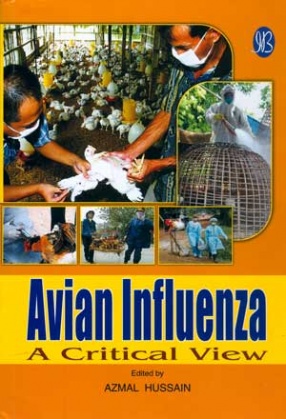
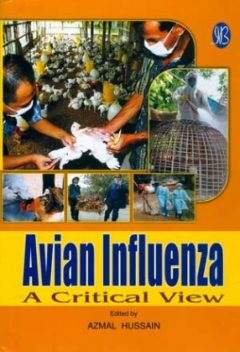
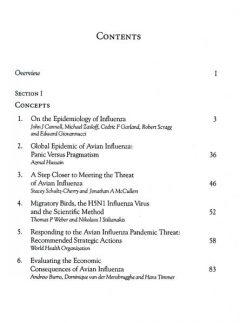
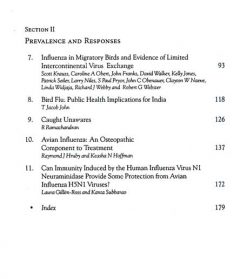
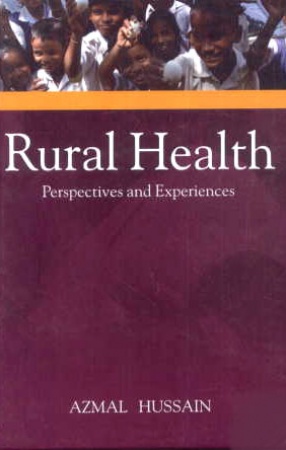
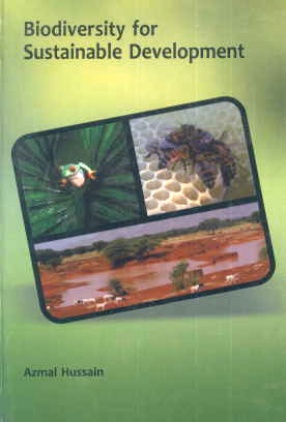
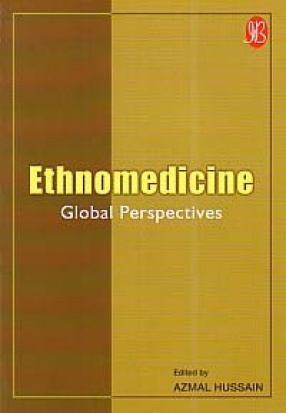
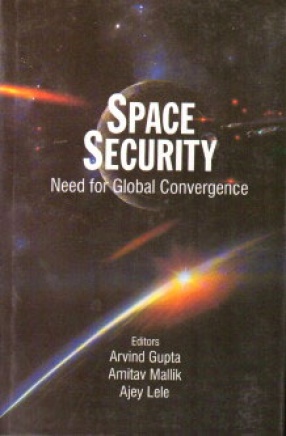


There are no reviews yet.